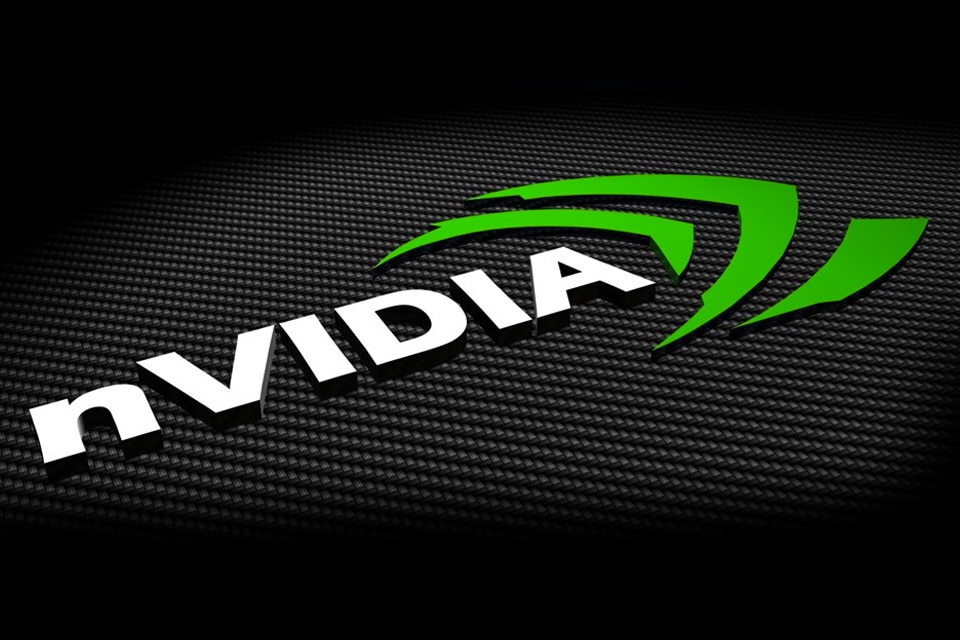Take a look a this Comprehensive Coverage of tNVIDIA and AMD graphics card equivalency guide: What are the equivalence of the Radeon Rx 580, GTX 400, 500 and 600, HD 6850-6870, RTX 2080 TI and a lot more. NVIDIA and AMD graphics cards accumulate a large number of different generations that we can consider as “suitable” to move games of the present generation. It is a risky idea, since performance can vary a lot depending on each specific game, but it works perfectly thanks to the long life cycle that PS4 and Xbox One are having.
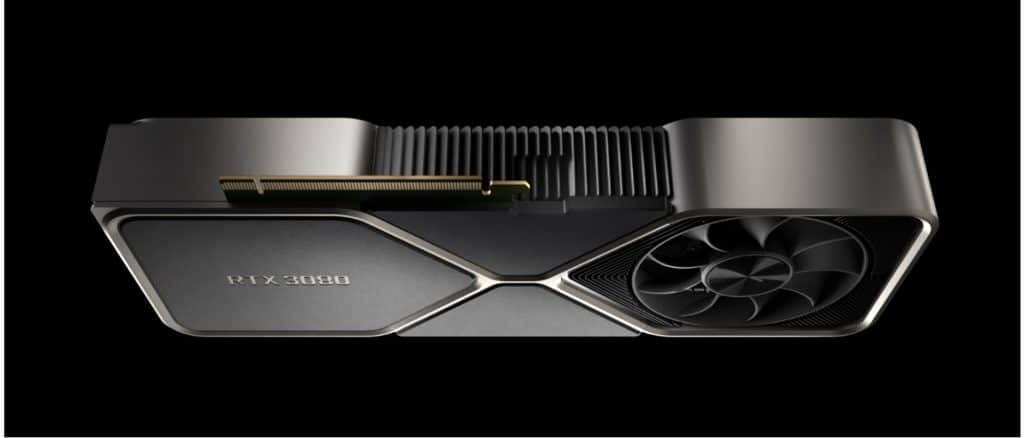
The fact that so many generations of NVIDIA and AMD graphics cards coexist, both in the market for new or refurbished products, as well as in the second-hand market, and that it is feasible to mount equipment with which to play titles of the current generation, makes more and more users wonder what current graphics card is equivalent to the model they have .
It is an important question, since this equivalence determines not only the starting point that we should take as a reference if we plan to update , but it also allows us to get a rough idea of the performance that we can expect based on the requirements listed by the developers and better assimilate the benchmarks and performance analyzes frequently published by many specialized media.
With the arrival of the Radeon VII and the GeForce RTX 20 series, we have decided to update our equivalency guide and we will also take advantage of it to expand content and shape a slightly more complete guide. We remind you that we also published a guide to the equivalences of Intel and AMD processors, a great complement to this guide to NVIDIA and AMD graphics cards that will help you to be clear about all the equivalences of your equipment.
Without further ado we begin. In case you have any questions, you can leave it in the comments.
DirectX 12 and Vulkan support on NVIDIA and AMD graphics cards
Before going fully into talking about specific equivalents of NVIDIA and AMD graphics cards, always focusing on the approximate performance of each graphics solution, we must review the APIs supported in each graphics generation.
This is very important since, although the raw performance of two graphics cards may be similar in general terms, the support or not of a certain API can make a significant difference in games. Titles like DOOM or Wolfenstein II: The New Colossus are a clear example of how the use of Vulkan can significantly increase performance, as long as the team accompanies.
- DirectX 9 : it is a basic level that fell into disuse with the arrival of the present generation of consoles. It came in 2002 so we don’t have to worry as it is very old and any graphics card released in the last fifteen years is supported.
- DirectX 10 : It arrived in 2006 promising a revolution, but in the end it had a minority presence. All graphics cards starting with the GeForce 8000 and Radeon HD 2000 series offer support at this level.
- DirectX 11 : released in 2009, although its use did not become widespread until the arrival of PS4 and Xbox One . It remains the most popular API for PC game development. NVIDIA and AMD graphics cards released in the GTX 400 series, Radeon HD 5000 series and above are generally compatible with it.
- DirectX 12 : arrived in 2015. It represents an important advance in terms of optimization compared to DirectX 11, but it is not being properly taken advantage of. It has entry-level support starting with NVIDIA’s GTX 400 series and AMD’s Radeon HD 7000, but only the most advanced models, such as the GTX 10 and Radeon RX 400-500 and Radeon RX Vega, make truly optimal use of it.
- Vulkan: A low-level API full of potential that has proven itself in various games, thanks to its ability to make good use of resources. It is supported on NVIDIA GTX 600 and higher graphics cards, and AMD Radeon HD 7000 and higher graphics cards.
If we have a graphics card prepared to work with DirectX 11 and DirectX 12 you should bear in mind that it is likely that it will lose performance under this last API, especially if it is relatively old. This is usually due to two main reasons:
- Poor implementation and optimization by developers, as well as drivers with limited optimization for new generations.
- Poor performance due to an architecture that was not originally intended to work with such an API. The latter occurs, for example, with the GTX 400, 500 and 600.
If you have a graphics card located in any of those generations, it is best to use DirectX 11 mode at all times , since in DirectX 12 mode you will only have a notable loss of performance.
NVIDIA and AMD Graphics Card Equivalence: Legacy Models
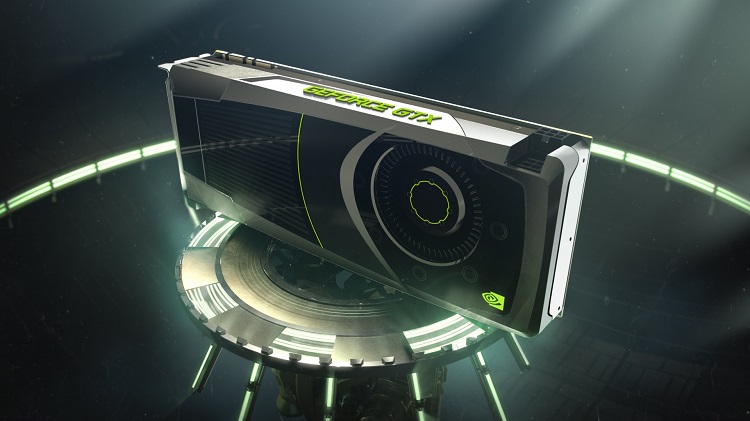
To avoid a very long list that could generate confusion, we have decided to group the different equivalences into two large sections, one dedicated to the models that we can consider as old, in which we include the GeForce GTX 500 series and lower generations , and the Radeon HD 6000 e lower.
We must bear in mind that, in some cases, the equivalences are not totally exact and that we always speak of approximate average performance . This means, in short, that a particular model may perform better or worse than its equivalent in certain games, and vice versa.
NVIDIA graphics cards
- GeForce 8800 GT-9800 : its closest equivalent is found in the GeForce GT 630-GT730 and GT 640, although its support is limited to DirectX 10.
- GeForce GTX 260 : they are more or less at the level of a GTX 650, although they only support DirectX 10.
- GeForce GTX 285 : In raw performance it falls between a GTX 650 and a GTX 650 Ti-GTX 750, but only supports DirectX 10.
- GeForce GTX 460 and 560 : in general they perform almost on the same level as a GTX 650 Ti-GTX 750. They support DirectX 11 and DirectX 12.
- GeForce GTX 470-480 and 570-580 : They perform better than a GTX 660-GTX 750 Ti, but they are their closest equivalents.
- GeForce GTX 590 – This is a dual GPU solution. Its performance varies from game to game but generally ranks roughly at the level of a GTX 680 and at the level of a Radeon 7970. That is its full equivalent on NVIDIA and AMD graphics cards.
AMD graphics cards
- Radeon HD 3870 : its performance is somewhat lower than that offered by the R7 240 in general, always talking about versions with DDR3 memory. They only support DirectX 10 and are less efficient. Limited to DirectX 10.1.
- Radeon HD 4870 : Performs similarly to the Radeon HD 7770-R7 250X, although they do fall a bit behind in some games. They only have DirectX 10.1 support.
- Radeon HD 5770 : ranks between the Radeon HD 7750 and the HD 7770-R7 250X. They support DirectX 11.
- Radeon HD 5870 : performs almost at the same level as the Radeon HD 7850-R7 265-R7 360. They support DirectX 11.
- Radeon HD 6850-6870 : Has a performance that falls between a Radeon HD 7790-R7 260X and a Radeon HD 7850-R7 265-R7 360. They support DirectX 11.
- Radeon HD 6950-6970 : performs almost the same as the Radeon HD 7870-R9 270. DirectX 11 support.
- Radeon HD 6990 : This is a dual-GPU solution, which means that its performance depends on taking advantage of the CrossFire mode of each specific game. In general it can reach the level of a Radeon HD 7950-7970. It supports DirectX 11. That is its full equivalent on NVIDIA and AMD graphics cards.
NVIDIA and AMD Graphics Card Equivalence: Current Models
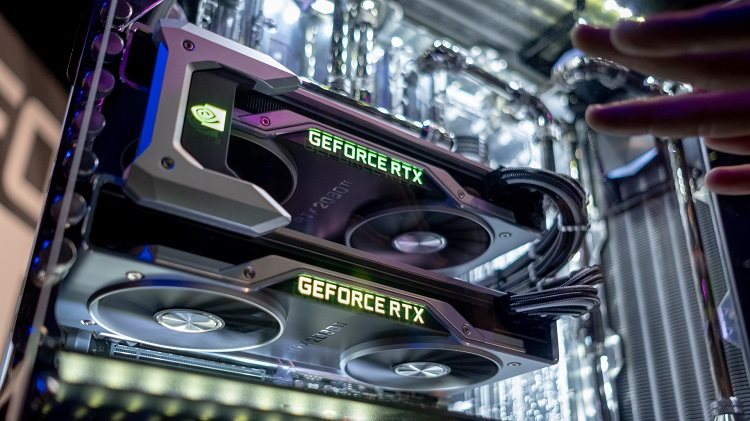
In this section we will see those graphics cards from both companies that we can consider as current due to specifications, support and performance, although they are framed in architectures that already have a few years behind them.
The benchmark that we have taken as a criterion has been the AMD GCN architecture, which has served to give life to the current generation consoles, and which is used in the Radeon HD 7000. Its contemporaries were the NVIDIA GTX 600.
NVIDIA graphics cards Equivalence
- GTX 650: Its closest equivalent is a GT 740 with GDDR5 memory. If we look for its equivalence in AMD solutions, it performs almost the same as an HD 7750.
- GTX 650 TI : it performs a little less than a GTX 750. In AMD graphics solutions it is a little above an HD 7770.
- GTX 650 TI Boost : It is almost at the level of a GTX 750 TI. Comparing with AMD it is between a Radeon HD 7790 and an HD 7850.
- GTX 660 : the closest is a GTX 950, but it is well below that. In AMD graphics cards it is practically equivalent to a Radeon HD 7850.
- GTX 660 TI : offers a performance very similar to that of a GTX 950. In the case of AMD, it falls between a Radeon HD 7870 and a Radeon HD 7950.
- GTX 670 : It is somewhat below a GTX 960. It has a performance very similar to that of an AMD Radeon HD 7950.
- GTX 680 : It is almost on the same level as a GTX 960. In the case of AMD solutions it offers a performance similar to that of a Radeon HD 7970.
- GTX 690 : it is a dual GPU solution so its performance is highly variable. At best it falls between a GTX 970 and a GTX 980. Equivalent to a Radeon HD 7990.
- GTX 750 : performs slightly better than a GT 1030. In the case of AMD, it offers similar performance to the RX 550 from AMD.
- GTX 750 TI : outperforms the GT 1030 but has no direct equivalent. It also performs better than an RX 550 and has no direct equivalent in the new generations of AMD.
- GTX 760 : performs less than the GTX 960 but is its closest equivalent. It lags behind an AMD Radeon R9 285 but is also the closest equivalent model.
- GTX 770 : It beats a GTX 960 and is also above an AMD Radeon R9 285, which are its closest equivalents.
- GTX 780 : it falls between the GTX 960 and the GTX 970. In the case of AMD, it falls between a Radeon R9 285 and a R9 290.
- GTX 780 TI : practically equivalent to a GTX 970. In the case of AMD, its performance is similar to that of a Radeon R9 290.
- GTX 950 : its closest equivalent is the GTX 1050, although it lags behind that one. The closest AMD model in performance is the Radeon RX 460.
- GTX 960 : The GTX 1050 TI is its closest equivalent, but it still performs less than this one.
- GTX 970 : It falls between a 3 GB GTX 1060 and a 6 GB GTX 1060. Its equivalent in AMD graphics cards would be the 4GB Radeon RX 480. That is its full equivalent on NVIDIA and AMD graphics cards.
- GTX 980 : It is practically on the same level as a 6 GB GTX 1060. The closest thing AMD has is the 8GB RX 580.
- GTX 980 TI : equivalent to a GTX 1070, although with overclock it can overcome it without problem. In the case of AMD graphics cards, its equivalent would be a Radeon RX Vega 56.
- GTX 1050 : performs roughly like a GTX 960. At AMD it is equivalent to an RTX 460-560.
- GTX 1050 TI : its performance falls between the GTX 960 and the GTX 970. It performs less than the RX 470.
- 3 GB GTX 1060 : its performance is similar to that of a GTX 970. Similar to a RX 470.
- 6GB GTX 1060 : Has almost identical performance to a GTX 980. Similar performance to the RX 480-580.
- GTX 1070 : In general it performs a little more than a GTX 980 TI. It falls a bit below the RX Vega 56.
- GTX 1070 TI – Beats a GTX 980 TI by a fairly wide margin. Its performance is more or less at the level of the Radeon RX Vega 56.
- GTX 1080 : performs slightly better than an RTX 2060. Similar to a Radeon RX Vega 64.
- GTX 1080 TI : It is a bit below the RTX 2080. It performs more or less at the level of a Radeon VII.
- RTX 2060: performs slightly less than the GTX 1080. Its performance is similar to that of a Radeon RX Vega 64.
- RTX 2070: It falls between the GTX 1080 and the GTX 1080 TI. Performs between a Radeon RX Vega 64 and a Radeon VII
- RTX 2080: slightly beats the GTX 1080 TI. It is a bit more powerful than a Radeon VII.
- RTX 2080 TI : It has no direct equivalent, at least for the moment, in other graphics cards NVIDIA and AMD.
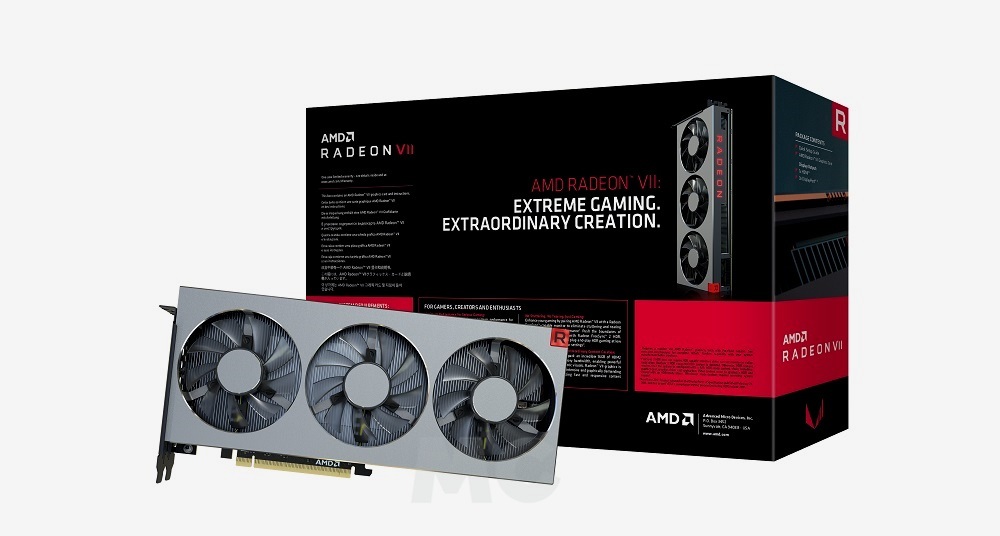
Best Equivalent AMD graphics cards
- Radeon HD 7750 : It has no direct equivalent in the latest generation of AMD. The closest is an R7 250 and a GTX 650.
- Radeon HD 7770 : performs almost at the same level as a Radeon RX 550. In the case of NVIDIA graphics cards it is below a GTX 650 TI and a GTX 750.
- Radeon HD 7790 : It falls between an RX 550 and an RX 460. It is inferior to the GTX 650 TI Boost, but it is its closest equivalent (GTX 750 TI).
- Radeon HD 7850 : It is at a level very similar to that of a Radeon 7 370 and below a RX 460. Its closest NVIDIA equivalent is the GTX 950, although it is below that.
- Radeon HD 7870 : performs almost at the same level as a Radeon R9 270 and RX 560. In the case of NVIDIA the closest thing is a GTX 1050.
- Radeon HD 7950 : offers a similar performance to the Radeon R9 285 and falls a little below the R9 380. At NVIDIA it falls between the GTX 1050 and GTX 1050 TI.
- Radeon HD 7970 – Provides performance close to that of a Radeon R9 380X. Comparing with NVIDIA its closest equivalent is the GTX 1050 TI.
- Radeon HD 7990 : being a dual GPU solution, its performance is highly variable, but on average it performs at the level of a Radeon R9 290-R9 390. In the case of NVIDIA it is similar to a GTX 970.
- Radeon R7 260X : It offers a performance halfway between the RX 550 and the RX 460. It is inferior to the GTX 650 TI Boost, but it is its closest equivalent (GTX 750 TI).
- Radeon R7 265 : It is almost on the same level as a Radeon 7 370 and below a RX 460. Its closest NVIDIA equivalent is the GTX 950, although it falls below that.
- Radeon R9 270 and 270X : they perform at a level very similar to that of the RX 560. Its closest equivalent is the NVIDIA GTX 1050.
- Radeon R9 280 and 285 : it falls a bit below the R9 380. At NVIDIA it falls between the GTX 1050 and GTX 1050 TI.
- Radeon R9 280X : they have a performance close to that of a Radeon R9 380X. Comparing with NVIDIA graphics cards its closest equivalent is the GTX 1050 TI.
- Radeon R9 290 : Performs almost on the same level as a 4GB Radeon RX 480. In the case of NVIDIA, they are at the level of a 3 GB GTX 1060.
- Radeon R9 290X : They offer performance equivalent to that of an 8GB RX 480. Compared to NVIDIA, they offer performance close to that of a 6GB GTX 1060.
- Radeon R9 295X2 : it depends a lot on the scaling in CrossFire mode since it mounts two GPUs, but it performs more than a Radeon Vega 56 on average. Comparing with NVIDIA it performs more than a GTX 1070 and less than a GTX 1080. That is its full equivalent on NVIDIA and AMD graphics cards.
- Radeon R7 370 : It is almost on the same level as an RX 460. Its closest NVIDIA equivalent is the GTX 950, although it falls below that.
- Radeon R9 380 : it is below the R9 380X and is much lower than the RX 470, since it has no direct equivalent in the new generations of AMD. In NVIDIA it is between the GTX 1050 and GTX 1050 TI.
- Radeon R9 380X – Has no direct equivalent in current AMD solutions. The closest thing is a RX 470, but it lags far behind that one. Comparing with NVIDIA its closest equivalent is the GTX 1050 TI.
- Radeon R9 390 : Performs almost on the same level as a 4GB Radeon RX 480. In the case of NVIDIA, they are more or less at the level of a 3 GB GTX 1060.
- Radeon R9 390X : They offer performance equivalent to that of an 8GB RX 480. Compared with NVIDIA graphics cards they offer a performance very similar to that of a 6 GB GTX 1060.
- Radeon R9 Fury : its performance is superior to that of the 8GB Radeon RX 480. In the case of NVIDIA, the closest thing is a 6 GB GTX 1060.
- Radeon R9 Fury X : they have no direct equivalent and are between a Radeon RX 580 of 8 GB and a Radeon Vega 56. On the side of NVIDIA they are between the GTX 1060 of 6 GB and the GTX 1070.
- Radeon RX 460-560 : equivalent to a GTX 1050-GTX 960.
- Radeon RX 470-RX570 : in general they offer similar performance to a 3GB GTX 1060-GTX 970-Radeon R9 290, as a full equivalent of NVIDIA and AMD graphics cards.
- Radeon RX 480-RX 580 : its performance is very similar to that of the 6GB GTX 1060-GTX 980-Radeon R9 390X.
- Radeon RX 590: Performs better than a 6GB GTX 1060, but less than a GTX 1070.
- Radeon RX Vega 56: Has a performance similar to that of a GTX 1070 TI.
- Radeon RX Vega 64: positioned at a level very similar to that of the GTX 1080-RTX 2060,
- Radeon VII: its performance is a little lower than that of the RTX 2080.
Guide: Old and Current Graphics Card Equivalences
GPUs are, along with CPUs, the components that raise the most doubts when updating, and not only because of compatibility with the rest of our team, but also because of the doubt as to whether certain models will really mark an important leap.at the performance level compared to our current graphics card.
Knowing that is very important, since if we are not clear about it, it is more than likely that we will end up buying a new graphics card that does not really represent a big improvement compared to the one we have been using, and that therefore we will make a bad purchase .
That said, we can better understand the importance of this guide, in which we will point out the approximate equivalences in performance of different graphic generations of AMD and NVIDIA, starting from the GeForce 8000 and HD 3000 series, although before we will make clear the different levels of DirectX support of each generation, so that the structure of the article is more orderly and makes it easier your inquiry. As always, we encourage you to leave your opinion in the comments.
-DirectX 9: any current graphics card supports this level that started with the GeForce FX 5000 series and Radeon 9000 series. It is still present in some current games, such as Resident Evil Revelations 2, for example.
-DirectX 10: it has had a minority presence. All graphics cards starting with the GeForce 8000 and Radeon HD 2000 series offer support at this level.
-DirectX 11: is the great protagonist today. We have support starting with the GTX 400 series and Radeon HD 5000 series from NVIDIA and AMD, respectively.
-DirectX 12: There are several different tiers, the first being those focused on improving performance and the highest being geared towards new graphics technologies and effects. Basic support starts with NVIDIA’s GTX 400 and AMD’s Radeon HD 7000.
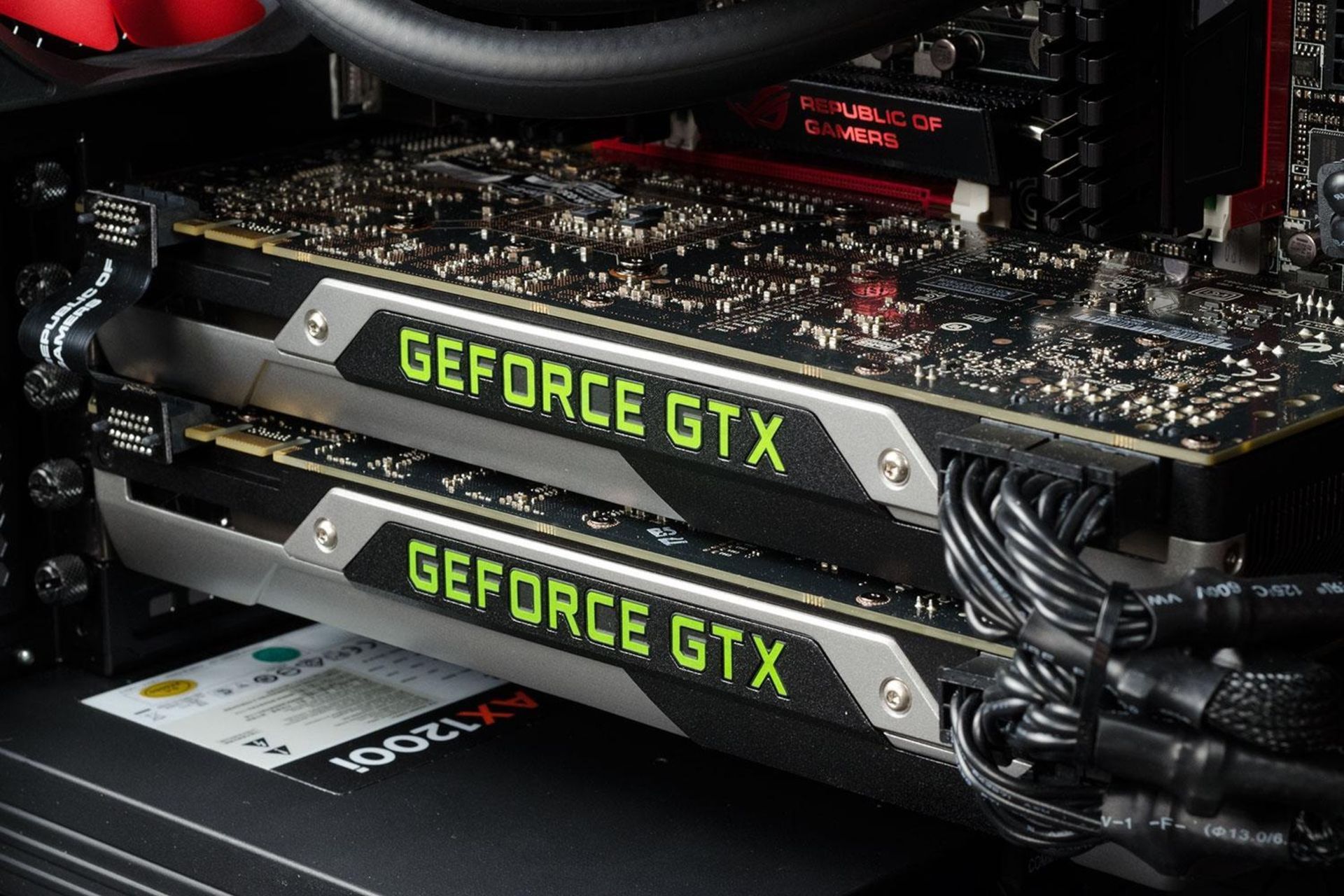
Reviewing the equivalences: NVIDIA
We go on to review the approximate performance equivalences of old graphics cards compared to previous solutions. We will focus on the most important and widespread models, otherwise there would be an excessively long article, and in the case of NVIDIA we will go as far as the GTX 690 to maximize the usefulness of the guide.
- 2. GeForce GTX 260: The most correct direct comparison we can make is the GTX 650, although the latter supports DirectX 11, it is much more efficient and generally performs somewhat better depending on each game.
- 3. GeForce GTX 285It is placed between a GTX 650 and a GTX 650 Ti, and therefore it is close to a GTX 750, but like the GTX 260 it only supports DirectX 10 and has a very high consumption.
- 4. GeForce GTX 460 and 560: They perform about the same level as a GTX 650 Ti, which means they are similar to a GTX 750. They support DirectX 11, but are less efficient.
- 5. GeForce GTX 480 and 580: They offer better performance than a GTX 660, which means that they outperform the GTX 750 Ti, but fall short of a GTX 660 Ti or a GTX 760.
- 6. GTX 660:They offer higher performance than the GTX 750 Ti, but lag behind the GTX 950. They have lower DirectX 12 support than the NVIDIA 700 and 900 series.
- 7. GeForce GTX 670: They perform almost identically to the GTX 760 and are not much different from the GTX 960, although the latter are superior for architecture and DirectX 12 support.
- 8.Geforce GTX 680: Their performance is very similar to the GTX 770 and they outperform the GTX 960 in almost all scenarios, although their DirectX 12 support is inferior.
- 9. GeForce GTX 690: It is a dual GPU solution, so its performance varies greatly depending on how well each game uses it. At best they perform like a GTX 980, roughly.
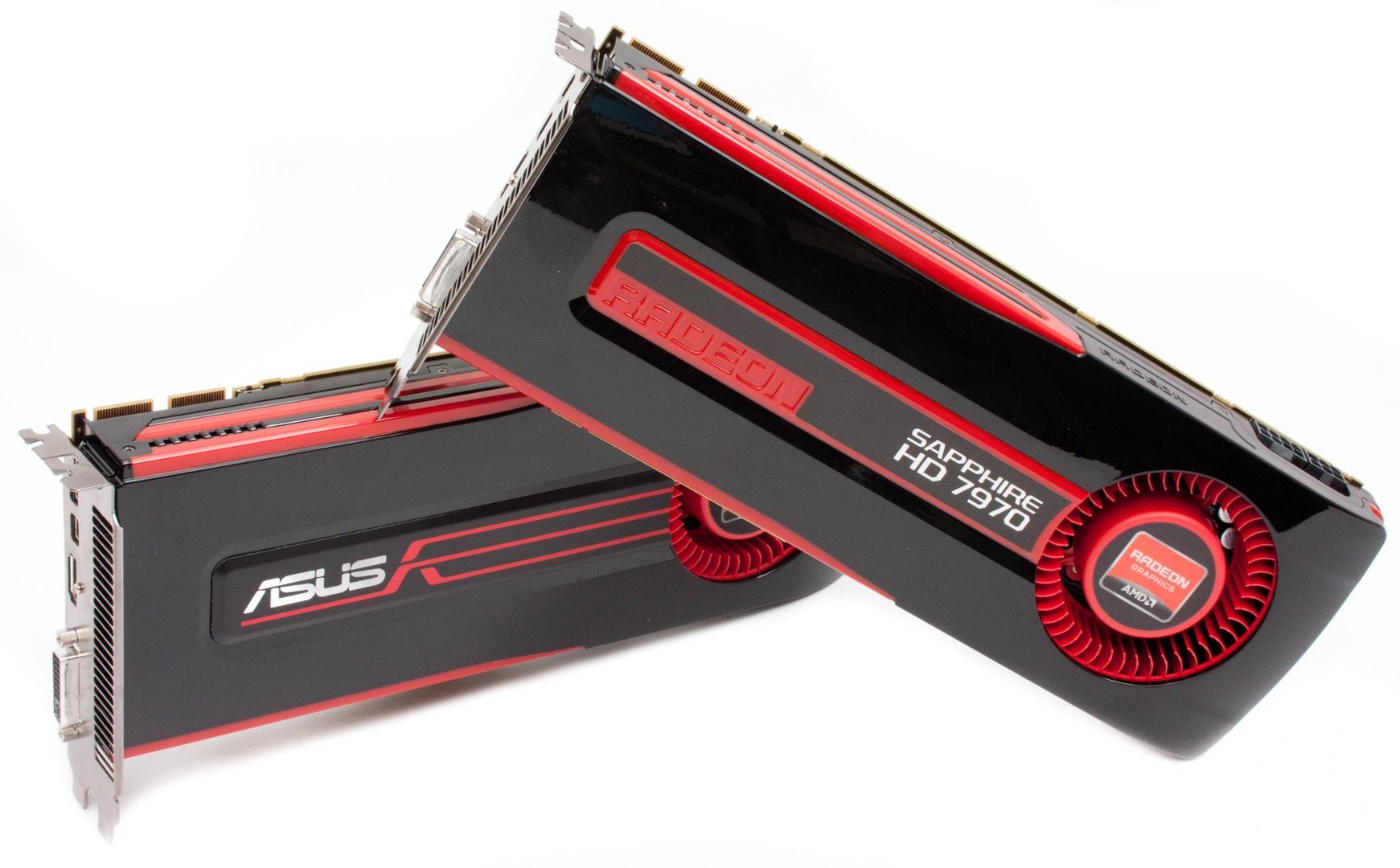
Reviewing the equivalences: AMDWe will follow a similar approach to the one we have seen in the NVIDIA section, although we will stay in the Radeon HD 6000 range, since AMD has opted for various names in the Radeon HD 7000 series, giving rise to models that not only do not mark a significant advance in terms of performance, but also complicate the differentiation of the degree of DirectX 12 support.
- 2. Radeon HD 4870: They perform in a similar way to the Radeon HD 7770, although they are a little lower depending on each specific game. They are less efficient and only have DirectX 11 support.
- 3. Radeon HD 5770: They are positioned between the Radeon HD 7750 and the HD 7770, renamed to R7 250X. They support DirectX 11, but they are less efficient and do not support DirectX 12 like those.
- 4. Radeon HD 5870: They perform a bit below the Radeon HD 7850, renamed R7 265 and R7 360. They support DirectX 11 and still play well in games today, but are not very efficient compared to current solutions.
- 5. Radeon HD 6870: They offer a performance that is somewhere between a Radeon HD 7790 and a Radeon HD 7850, renamed to R7 265 and R7 360 .. They support DirectX 11 and their consumption-performance ratio has been exceeded.
- 6. Radeon HD 6970: They perform almost the same as the Radeon HD 7870s, renamed to R9 270, R9 270X and R9 370X. To give you an idea, we are talking about a GPU that is superior in raw performance to the PS4, but without DirectX 12 support.
- 7. Radeon HD 6990: A dual GPU solution, with the particularities that this implies, since depending on each specific game and its ability to take advantage of CrossFire X modes, its performance will be higher or lower. Overall it performs more or less at the level of a Radeon HD 7970, which was later renamed to the R9 280X and R9 380X.




